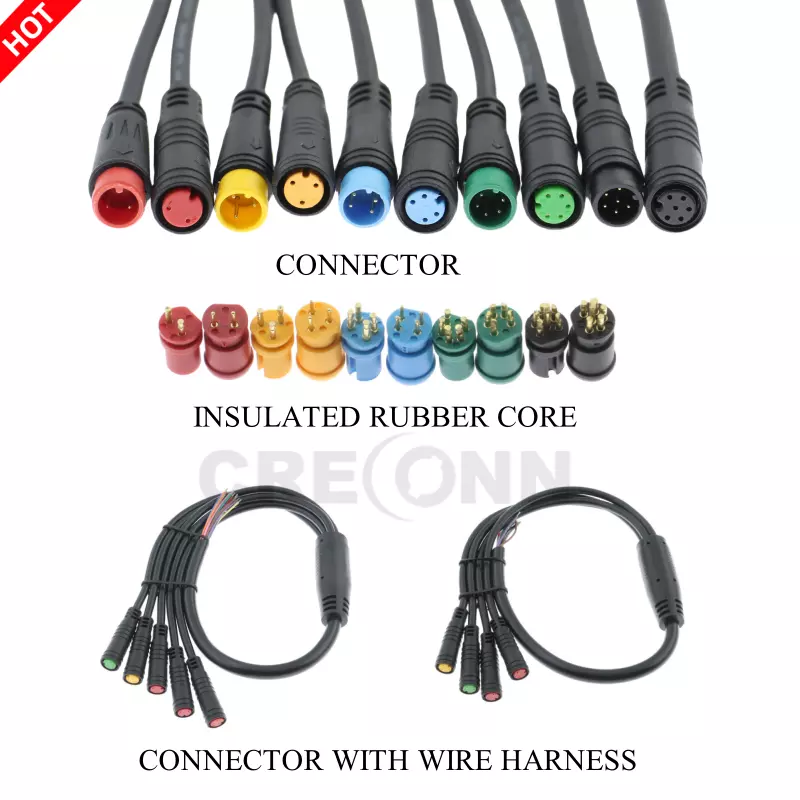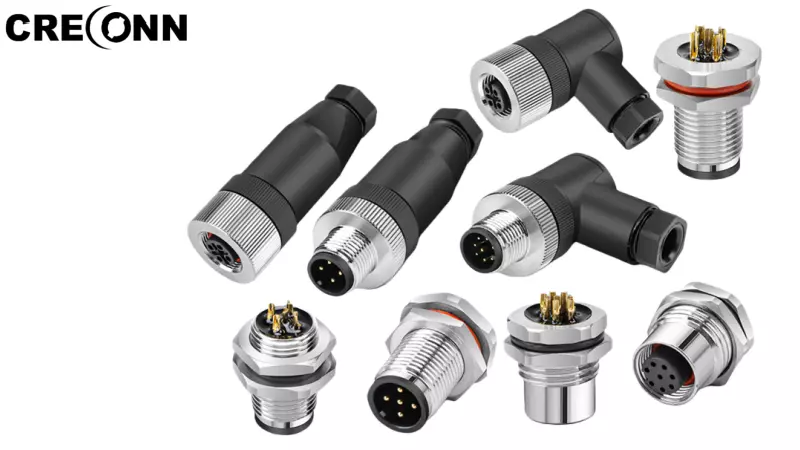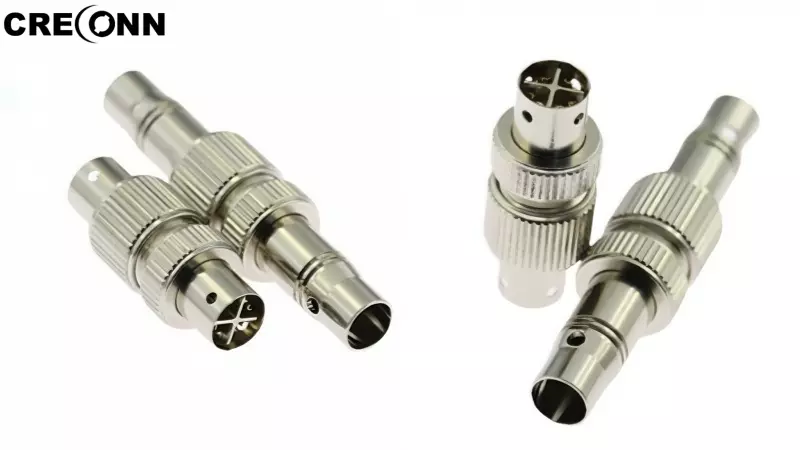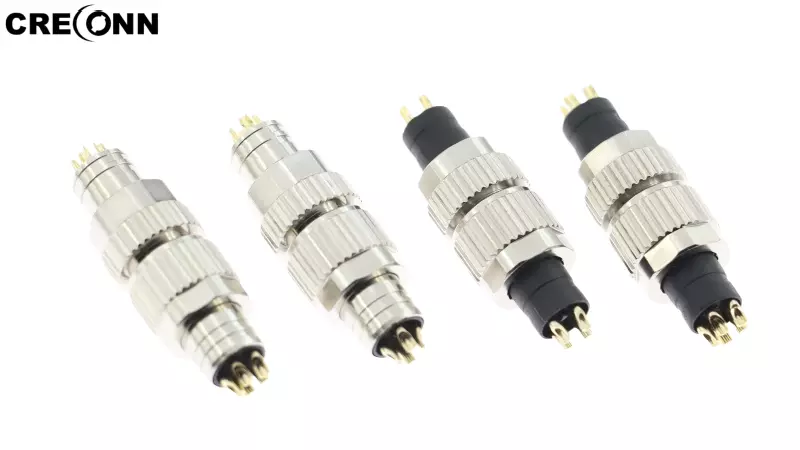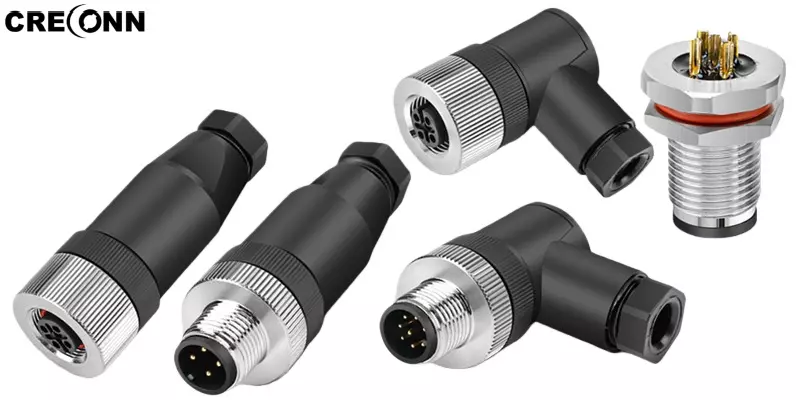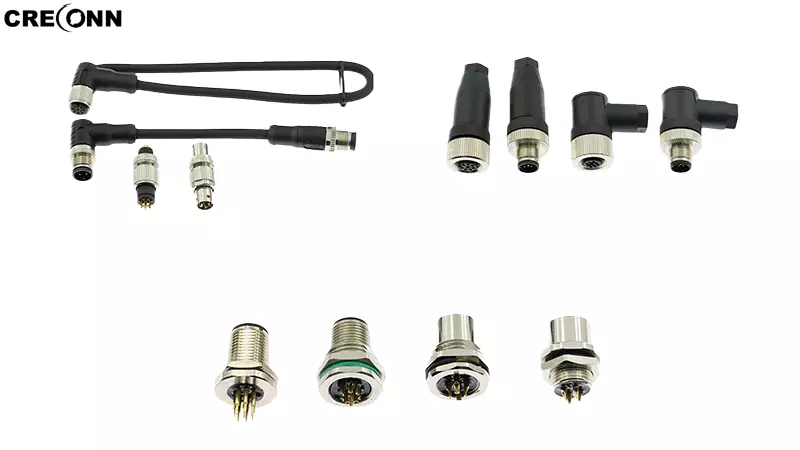Guide for Selecting Electric Vehicle Signal Cables
Guide for Selecting Electric Vehicle Signal Cables
Electric vehicle signal cables are like nerves, transmitting key information for proper operation. Choosing the right ones matters for both riding experience and safety. Here's how to pick them.
1. Conductor Material and Quantity
Material: Pure copper is preferred for its good conductivity, low resistance, and stable signal transmission. Copper-clad aluminum, though cheaper, has poorer conductivity and may overheat or oxidize over time, so it's not recommended.
Quantity: Choose based on functions. For example, ordinary handle signal cables usually have 3 cores (power, signal, ground), while Hall signal cables often have 5 cores for precise motor rotor position transmission. More functions mean more cores.
2. Wire Diameter
Thicker wires have lower resistance, carry more current, and ensure stable transmission. Use thicker wires for high-power motor signals to avoid issues like insufficient power. Thinner ones work for low-current signals like those from the instrument panel.
3. Insulation Material
PVC is cheap with good insulation but poor heat resistance and flexibility, prone to aging and cracking.
TPE offers better flexibility, heat resistance, and anti-aging properties, protecting conductors and extending service life, even in extreme temperatures.
4. Interface Compatibility
Ensure the cable's interface matches those of components like controllers and motors for easy installation and good contact. Mismatched interfaces can cause poor signal transmission.
5. Brand and Certifications
Opt for well-known brands with strict production and material standards. Look for certifications like CCC to ensure safety and quality.
Choosing the right signal cables keeps your electric vehicle "communicating smoothly" for a safer and better ride. Use this guide when replacing or upgrading.
